Menatetrenone
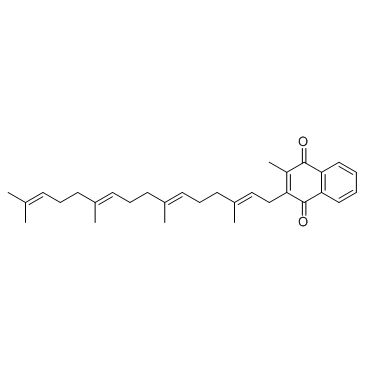
Menatetrenone structure
|
Common Name | Menatetrenone | ||
|---|---|---|---|---|
| CAS Number | 863-61-6 | Molecular Weight | 444.648 | |
| Density | 1.0±0.1 g/cm3 | Boiling Point | 570.6±50.0 °C at 760 mmHg | |
| Molecular Formula | C31H40O2 | Melting Point | 350ºC | |
| MSDS | USA | Flash Point | 208.3±27.1 °C | |
| Symbol |


GHS02, GHS07 |
Signal Word | Danger | |
Use of MenatetrenoneMenaquinone-4 is a vitamin K, used as a hemostatic agent, and also a adjunctive therapy for the pain of osteoporosis. |
| Name | menatetrenone |
|---|---|
| Synonym | More Synonyms |
| Description | Menaquinone-4 is a vitamin K, used as a hemostatic agent, and also a adjunctive therapy for the pain of osteoporosis. |
|---|---|
| Related Catalog | |
| In Vitro | Menaquinone-4 (MK-4, 0, 1, 5, 10 μM) increases the ALP activity in Caco-2 cells. Menaquinone-4 (1 μM) significantly increases intensities of hSI expression[1]. |
| In Vivo | Menaquinone-4 (K2, 0.2 g/kg diet) in HF-K2 group produces epididymal fat in C57BL/6J mice, and also increases the bone density of mice[2]. |
| Cell Assay | Caco-2 cells are plated at a density of 2-5 × 104 cells/cm2 onto a 35-mm dish. Cells are incubated for 2 to 3 days until 60%-70% confluency, and desired concentrations of Menaquinone-4 (0, 1.0, 5.0, and 10.0 μM) are added. The final concentration of the vehicle is 0.1% of the culture medium, and the culture medium is changed twice a week. Cells are assayed on days 0, 3, 7, and 11 after the addition of Menaquinone-4[1]. |
| Animal Admin | Forty-two male, 4-week-old C57BL/6J mice provided with feed and drink ad libitum. For environmental adaptation, the animals had 1 week of circulation, and then are provided with the experimental diet after being randomly divided into 6 groups (7 animals in each group; randomized block design). The AIN-93G diets consist of a normal diet (N), normal diet + vitamin K1 (N-K1), normal diet + vitamin Menaquinone-4 (N-K2), 45% high-fat diet (HF), 45% high-fat diet + vitamin K1 (HF-K1), and a 45% high-fat diet + vitamin Menaquinone-4 (HF-K2). The vitamin K1 and vitamin Menaquinone-4 contents are 200 mg/1,000 g, and the diet is provided in pellet form. Body weight is measured once a week, and the food efficiency ratio (FER) is calculated by dividing the increased body weight from day 1 to the final day by the food intake amount during the experiment period. For fat amount measurement, the epididymal fat, perirenal fat, and retroperitoneal fat are extracted from dead animal subjects, are washed with 0.9% NaCl, dried by filter paper, and then are weighed[2]. |
| References |
| Density | 1.0±0.1 g/cm3 |
|---|---|
| Boiling Point | 570.6±50.0 °C at 760 mmHg |
| Melting Point | 350ºC |
| Molecular Formula | C31H40O2 |
| Molecular Weight | 444.648 |
| Flash Point | 208.3±27.1 °C |
| Exact Mass | 444.302826 |
| PSA | 34.14000 |
| LogP | 10.94 |
| Vapour Pressure | 0.0±1.6 mmHg at 25°C |
| Index of Refraction | 1.539 |
| Storage condition | −20°C |
CHEMICAL IDENTIFICATION
HEALTH HAZARD DATAACUTE TOXICITY DATA
|
| Symbol |


GHS02, GHS07 |
|---|---|
| Signal Word | Danger |
| Hazard Statements | H225-H302 + H312 + H332-H319 |
| Precautionary Statements | P210-P280-P305 + P351 + P338 |
| Personal Protective Equipment | Eyeshields;Gloves;type N95 (US);type P1 (EN143) respirator filter |
| Safety Phrases | 22-24/25 |
| RIDADR | UN 1648 3 / PGII |
| WGK Germany | 3 |
| RTECS | QL9279500 |
| Precursor 8 | |
|---|---|
| DownStream 1 | |
|
Retinoids Bias Integrin Expression and Function in Cutaneous T-Cell Lymphoma.
J. Invest. Dermatol. 135 , 2102-8, (2015) Cutaneous T-cell lymphoma (CTCL) is a heterogeneous group of malignancies characterized by accumulation of malignant T-cells within the skin. Retinoids, metabolic derivatives, and synthetic analogs of... |
|
|
The antiosteoporotic effects of Cheonggukjang containing vitamin k2 (menaquinone-7) in ovariectomized rats.
J. Med. Food 17(12) , 1298-305, (2014) The effect of dietary vitamin K2 (menaquinone-7, MK-7) and cheonggukjang (CGJ) on the prevention of ovariectomy (OVX)-induced bone loss was studied in rats. Female Sprague-Dawley rats were divided int... |
|
|
A simple and rapid creatinine sensing via DLS selectivity, using calix[4]arene thiol functionalized gold nanoparticles.
Talanta 147 , 590-7, (2015) A new, simple, ultra-sensitive and selective approach has been reported for the "on spot" colorimetric detection of creatinine based on calix[4]arene functionalized gold nanoparticles (AuNPs) with exc... |
| UNII-A034SE7857 component MBWXNTAXLNYFJB-ODDKJFTJSA-N |
| [R-[R*,R*-(Z)]]-2-Methyl-3-(3,7,11,15-tetramethyl-2-hexadecenyl)-1,4-naphthalenedione |
| 1,4-Naphthalenedione, 2-methyl-3-[(2E,6E,10E)-3,7,11,15-tetramethyl-2,6,10,14-hexadecatetraenyl]- |
| cis-Phylloquinone |
| 2-methyl-3-((E)-3,7,11,15-tetramethyl-hexadec-2-enyl)-[1,4]naphthoquinone |
| Menatetrenone |
| 2-methyl-3-[(2E,6E,10E)-3,7,11,15-tetramethyl-2,6,10,14-hexadecatetraenyl]naphthoquinone |
| Phytonadione,(Z) |
| 2-Methyl-3-[(2E)-3,7,11,15-tetramethyl-2-hexadecaenyl]naphthoquinone |
| cis-Vitamin K1 |
| MK 4 |
| Phytomenadione,(Z) |
| Phylloquinone,cis |
| 2-methyl-3-[(2E,6E,10E)-3,7,11,15-tetramethylhexadeca-2,6,10,14-tetraen-1-yl]naphthalene-1,4-dione |
| 2-Methyl-3-(3,7,11,15-tetramethyl-2,6,10,14-hexadecatetraenyl)-1,4-naphthalenedione |
| 2-Methyl-3-[(2E,6E,10E)-3,7,11,15-tetramethyl-2,6,10,14-hexadecatetraen-1-yl]-1,4-naphthoquinone |
| K220 |
| (E,E,E)-2-Methyl-3-(3,7,11,15-tetramethyl-2,6,10,14-hexadecatetraenyl)-1,4-naphthalenedione |
| Vitamin K2 |
| 1,4-Naphthalenedione, 2-methyl-3-(3,7,11,15-tetramethyl-2,6,10,14-hexadecatetraenyl)- |
| MFCD00079646 |
| 1,4-Naphthalenedione, 2-methyl-3-[(2E,6E,10E)-3,7,11,15-tetramethyl-2,6,10,14-hexadecatetraen-1-yl]- |
| 2-Methyl-3-[(2E,6E,10E)-3,7,11,15-tetramethylhexadeca-2,6,10,14-tetraen-1-yl]-1,4-naphthoquinone |
| menaquinone-4 |
| Phylloquinone,(Z) |
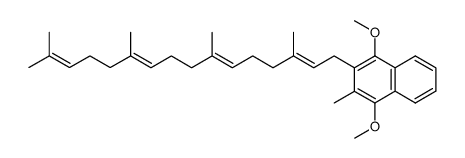 CAS#:66958-54-1
CAS#:66958-54-1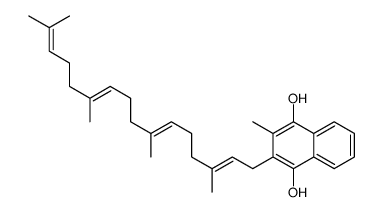 CAS#:39776-45-9
CAS#:39776-45-9 CAS#:24163-93-7
CAS#:24163-93-7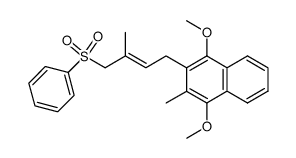 CAS#:73875-18-0
CAS#:73875-18-0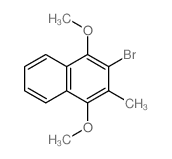 CAS#:53772-33-1
CAS#:53772-33-1 CAS#:132513-59-8
CAS#:132513-59-8 CAS#:6138-90-5
CAS#:6138-90-5 CAS#:53254-60-7
CAS#:53254-60-7
